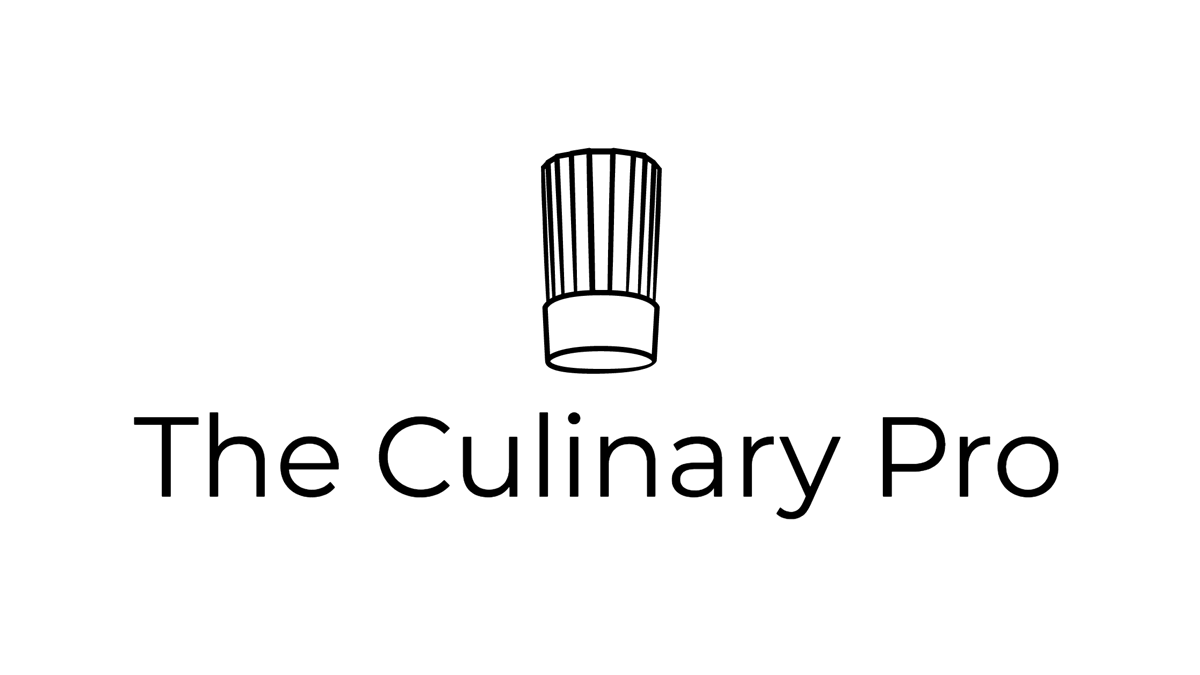Grains
Grains are the seeds of cereal plants that include certain types of grasses and broadleaf plants. Worldwide they are a major component of the human diet. The three leading grains produced for food are corn, rice, and wheat. Grains are a great source of protein, fiber, and other nutrients. They are easy to store and have a long shelf life.
Processing
In their natural state whole grain kernels are comprised of three distinct parts – the bran, germ, and endosperm. Grains are processed to remove the hull, and are dried or roasted to remove excess moisture which prolongs their keeping ability. Further processing involves grinding, milling, or flaking. Some grains are rendered for oil, syrup, or puffed for cereals and snacks.
Forms
Berries – Whole grains with minimal processing but require the longest cooking time of any form of grain. They are the most nutritious form of grain because the nutrient-rich bran and germ are left intact.
Pearled/Polished Grains – By removing the outer bran layer and polishing them, grains are transformed into tender easy to cook foods. Removing the bran results in grain with much less fiber. One advantage of pearled grain is that it cooks faster and is more tender than whole grain. Pearled grain is also known as polished grain.
Sprouts/Sprouted Grains – Because grains are the seeds of plants, they contain the ability to sprout new growth. Sprouts and sprouted grains are prepared from the whole- grain stage and require the right moisture, time, and temperature conditions to grow. There are numerous health claims to sprouted grains including high levels of nutrients and fiber, and ease in digestion.
Groats/Grits – When the whole grains are cut into smaller pieces they are known groats and grits that are processed either as cracked or steel cut.
Flaked – Some grains, like oats, are steamed and rolled to produce flattened or flaked kernels, which allows them to cook at a much faster rate.
Meal – Grains that are ground to a course, sandy texture are called meal. Meal is used in breads, cereals, and porridges.
Bran – Nutrients are packed in a layer covering the inner kernel of grain called the bran. Bran is loaded with fiber which is important for digestive health. Some types of bran are used as a supplement or food additive.
Germ - The embryo of the grain located at the bottom of the kernel is called the germ. It is the part of a kernel or seed from which a new plant sprouts. It is loaded with vitamins and minerals so it is highly nutritious. The germ also contains fat, which decreases the shelf life of the grain and any grain product containing the germ.
Flour - Created by grinding and sifting grains into a powdered form, flour can have textures from soft to coarse. They are used in the production of breads, cakes, pastries, and other types of baked goods.
Prepping Whole Grains
Even though they are processed and cleaned prior to packaging, whole grains should be washed before cooking. Some grains including rice are rinsed to remove excess starch. Certain grains are soaked for several hours to soften their texture and shorten their cooking time.

